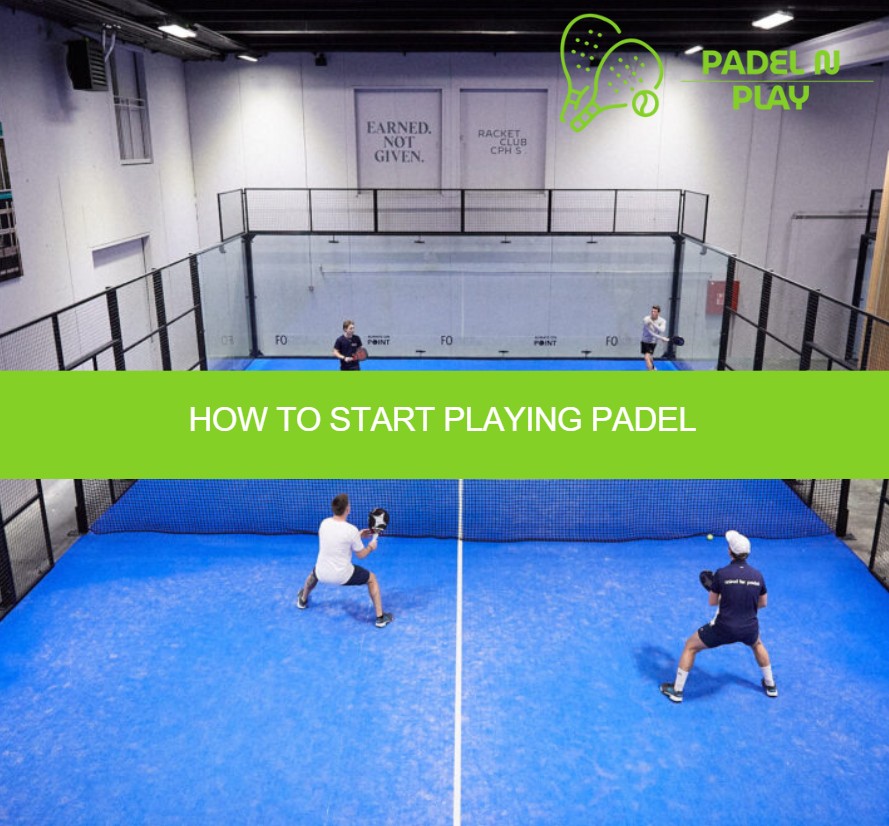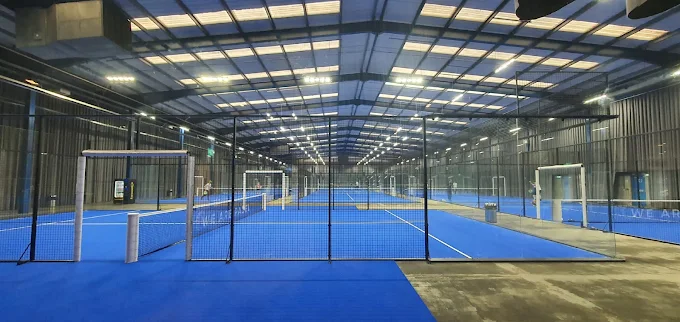Where was padel invented? Padel was invented in Acapulco, Mexico in 1969 by Enrique Corcuera, a wealthy businessman. Corcuera transformed a small backyard squash court by adding walls, a net, and modified rules—effectively founding a new sport. This court measured 10×20 meters, smaller than a standard tennis court. The game evolved rapidly, influencing court designs, regulations, and international spread. In this guide, you’ll learn where padel was invented, who invented it, how it expanded from Mexico to Spain and Argentina, and how it became one of the fastest-growing sports globally—with over 25 million players in 90 countries as of 2023. You’ll also discover the changes in court infrastructure, padel’s journey to becoming a €2 billion industry, and its bid for Olympic inclusion.

Where was padel invented?
Padel was invented in Acapulco, Mexico in 1969 by Enrique Corcuera. Corcuera modified an existing squash-style court at his residence, transforming it into the first padel court by adding enclosing walls, a tennis net, and revised rules. This location is recognized as the official birthplace of padel by the International Padel Federation (FIP).
Why did Corcuera enclose the court with walls?
Corcuera added walls to prevent the ball from escaping into neighboring properties. The walls became a signature feature of padel, allowing for ball rebounds during live play, similar to squash.
What were the court dimensions of the first padel court?
The original padel court measured 10 meters wide by 20 meters long. These dimensions have been standardized and remain the official size for professional padel courts.
What materials were used in early padel court construction?
Early courts used concrete walls and wire mesh fences. Modern courts typically use glass walls and artificial turf.
Who invented padel and what inspired him?
Enrique Corcuera invented padel. He was inspired by platform tennis, a sport played on raised courts with wire walls, invented in the U.S. in the early 20th century. Corcuera adapted these concepts to create a backyard-friendly sport.

What is platform tennis and how did it influence padel?
Platform tennis is a variation of tennis played on a smaller, elevated court with wire screens. Padel adopted the net play aspect and enclosed space from platform tennis while incorporating squash-like rebounding walls.
Did any other sports influence padel’s design?
Yes, besides platform tennis, squash influenced the game’s rebound rules and wall integration. Tennis influenced the use of scoring systems and overhead serves.
How did padel spread from Mexico to Spain?
Padel spread to Spain in 1974 through Prince Alfonso de Hohenlohe. After visiting Corcuera in Acapulco, he built two courts at his Marbella resort. The sport gained popularity among Spanish elites and rapidly expanded across the country.

Who was Prince Alfonso de Hohenlohe and what was his role?
Prince Alfonso was a Spanish-German aristocrat and entrepreneur. By introducing padel to Marbella’s elite, he played a foundational role in popularizing the sport in Europe.
Why did padel become popular in Marbella?
The Marbella audience, composed of international nobility and celebrities, favored padel for its social, non-contact attributes and small court size, making it ideal for resorts.
How did padel become popular in Argentina?
Padel reached Argentina in the late 1970s, where it became the country’s second most played sport after football. The affordability and compact nature of padel courts facilitated rapid development, especially in urban areas.

Which factors drove padel’s growth in Argentina?
Low construction cost, compact size, and local enthusiasm helped spread padel. Court installations frequently occupied vacant lots in dense cities like Buenos Aires and Córdoba.
How did Argentina contribute to padel as a sport?
Argentina developed high-level professional players and hosted many of the first official national tournaments.
How did padel evolve in Europe after reaching Spain?
After its debut in Marbella, padel proliferated in Spain during the 1980s and 1990s. By 2023, Spain accounted for over 30% of global padel participations and had more than 20,000 courts, according to the Spanish Padel Federation.
What are the most important padel tournaments in Spain?
Key tournaments include:
- World Padel Tour (WPT)
- Premier Padel
- Spanish National Championships
These tournaments contribute to Spain’s dominant position in the padel world.
Where else in Europe did padel gain popularity?
Padel gained substantial traction in Italy, Sweden, France, Portugal, Belgium, and the Netherlands. Sweden alone has seen a 300% court growth within five years.
How many people play padel worldwide?
As of 2023, more than 25 million players in over 90 countries play padel. Rapid expansion is occurring in Europe, the Middle East, South America, and Asia.
What are the most popular padel-playing countries?
The top countries by number of players include:
What are the economic impacts of padel?
As of 2023, padel is valued at approximately €2 billion annually. The sport drives new construction, equipment manufacturing, event hosting, and tourism. It also leads to the transformation of older tennis courts into profitable padel courts.
Why are padel courts economically attractive?
Padel courts require less space, host more players per square meter, and support weekend rental models, all of which increase revenue over an identical footprint compared to tennis.
How did COVID-19 affect the popularity of padel?
The COVID-19 pandemic significantly increased the popularity of padel by offering a socially distanced, outdoor sport. Post-pandemic, padel remained popular as clubs and investments surged.
Did COVID restrictions favor padel over other sports?
Yes. With closures of indoor activities, outdoor padel gained new attention due to its low physical contact and two-player-per-side format.
Is padel aiming for Olympic status?
Yes. The International Padel Federation (FIP) is campaigning to include padel in the Olympic Games by 2032. Padel already meets several criteria including widespread global participation and standardized competitive regulations.
What steps has the FIP taken toward Olympic inclusion?
The FIP has formalized governance structures, launched Premier Padel Tour, and collaborated with GAISF and IOC bodies to establish Olympia ratings and recognition.
Conclusion
Padel began in Acapulco, Mexico when Enrique Corcuera reimagined a squash-tennis hybrid court in 1969. Within a few years, padel evolved from a backyard invention to an international sport, spreading to Spain and Argentina, then across Europe, Asia, and the Middle East. Today, over 25 million people play padel. It is one of the fastest-growing sports, with a market size exceeding €2 billion. As countries build more courts and invest in talent and infrastructure, padel’s visibility and commercial viability continue to rise. The ongoing push for Olympic recognition by 2032 highlights its global momentum. Padel N Play provides access to nearby courts so you can experience the sport that started in one backyard and has grown into a global phenomenon.



